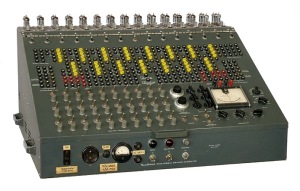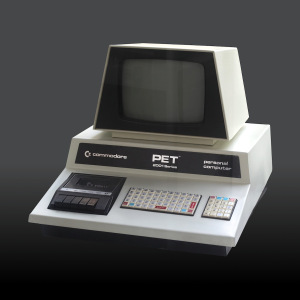Computer :
The term computer is derived from the word compute. A computer is an electronic device that takes data and instructions as an input from the user, processes the data according to set of instructions (called program) and provides useful information known as output.
The electronic device is known as hardware and the set of instructions is known as software.
Analog Computer:

Analog Computer may process the real world data like current , voltage speed in the real time frame i.e. analog computer process the analog data (continuous data).
Digital computer:

A digital computer is machine that stores data in a numerical format and performs operations on that data using mathematical manipulation. This type of computer typically includes some sort of device to store information, some method for input and output of data, and components that allow mathematical operations to be performed on stored data. Digital computers are almost always electronic but do not necessarily need to be so.
There are two main methods of modeling the world with a computing machine. Analog computers use some physical phenomenon, such as electrical voltage, to model a different phenomenon, and perform operations by directly modifying the stored data. A digital computer, however, stores all data as numbers and performs operations on that data arithmetically. Most computers use binary numbers to store data, as the ones and zeros that make up these numbers are easily represented with simple on-off electrical states.
Computers based on analog principles have advantages in some specialized areas, such as their ability to continuously model an equation. A digital computer, however, has the advantage of being easily programmable. This means that they can process many different sets of instructions without being physically reconfigured.
